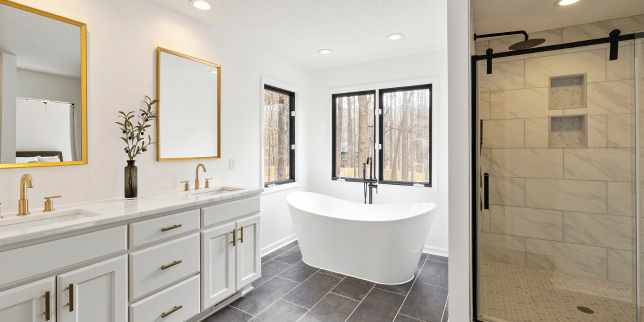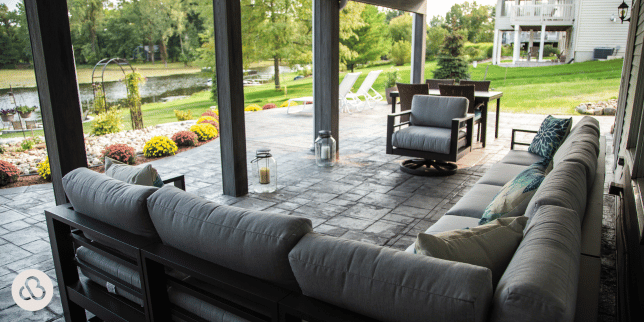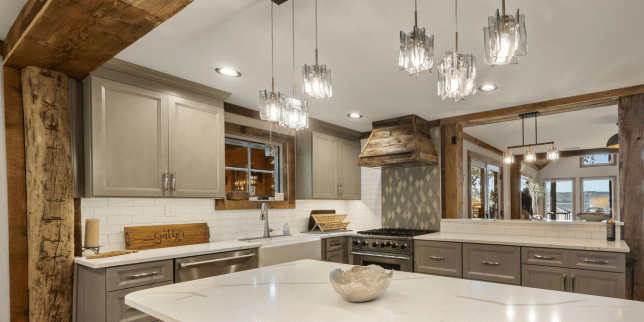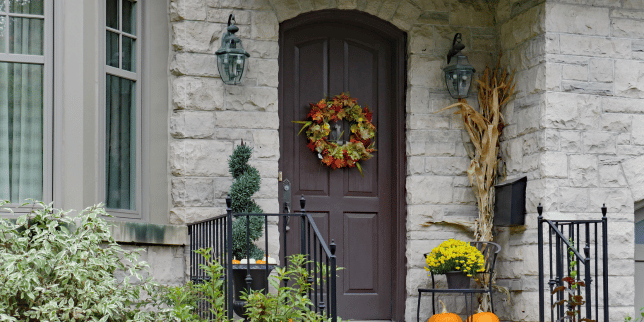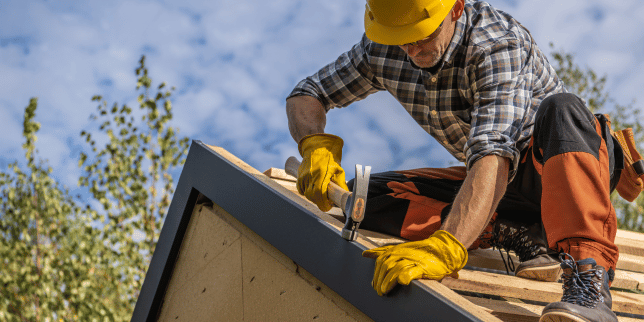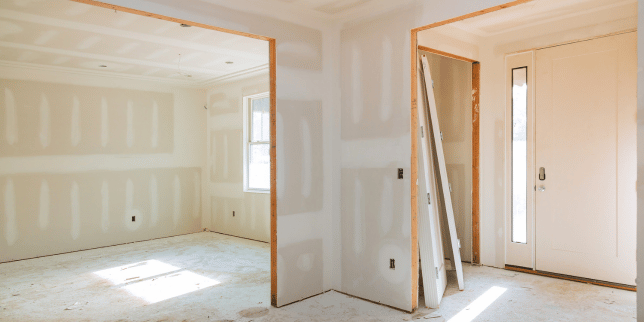Top 3 Financing Options for Your Home Remodel
April 20th, 2023
3 min read
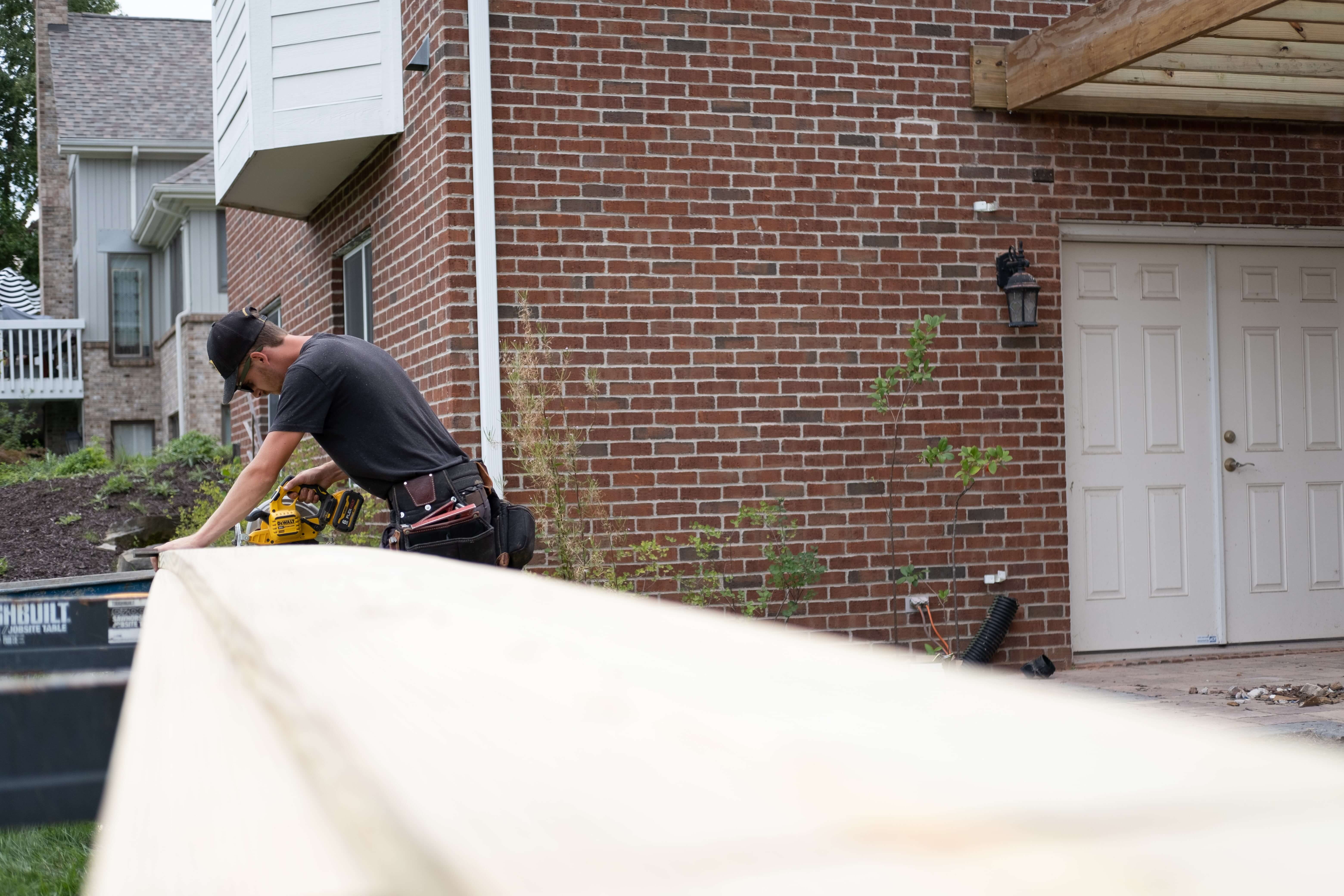
If you're preparing to remodel your home and are researching financing options, you may find yourself overwhelmed with the number of loans available.
With so many choices, the decision-making process can become confusing and stressful. Making an uninformed choice can lead to higher costs, longer payment terms, and unnecessary headaches.
Fortunately, doing a bit of research can significantly improve your remodeling experience.
As a home remodeling contractor with 15+ years of experience and a partner with the Michigan State University Federal Credit Union (MSUFCU), we have been able to design and build beautiful homes to hundreds of clients as well as help them find the best financing options available.
In this article, you’ll learn about 3 top financing options available for your upcoming home remodel project and understand which is right for you.
Top 3 financing options for your home remodel
1. MSUFCU unsecured home improvement loan
An unsecured home improvement loan with MSUFCU is versatile and easy to obtain. Usable for a wide variety of projects, this loan can finance virtually any home remodel you are planning.
This loan does not require collateral but relies on your creditworthiness as a form of security.
This loan is available to MSUFCU members with rates starting at 8.99% APR and repayment term lengths ranging from 36 to 180 months, depending on the borrower's credit score.
2. Cash-out refinance
A cash-out refinance replaces your home’s existing mortgage with a larger one, giving you access to cash based on the difference between the two.
This cash amount is determined by the equity you’ve built up in your home.
For example, let's say your home is worth $400,000 and you still owe $200,000 on your mortgage. This means you have $200,000 worth of equity in your home.
Typically, lenders require you to maintain at least 20% equity in your home after a cash-out refinance. Using our example above, you’d need to maintain $80,000 in built-up home equity, and be able to borrow up to $120,000 in cash.
If you refinance your mortgage to get access to the equity you’ve built up, you could use a portion of this on home projects such as remodeling your kitchen or building a deck.
3. MSUFCU SmartLine℠ home equity loan
SmartLine℠ is MSUFCU’s home equity loan. It operates similarly to a standard home equity loan where the value of your home is used to determine the loan amount. Your home is used as collateral to secure the loan.
The main difference between a standard home equity loan and the SmartLine℠ home equity loan is that the SmartLine℠ loan allows you to pull segments from your total loan amount and only be charged interest on what you borrow from your loan.
This is a major benefit if you are making a purchase, such as a home remodel, and know the total amount you plan on spending.
You can withdraw only what you need, and pay interest on that amount. The rest of the loan can be paid back with zero interest.
With current interest rates as low as 7.5%, the SmartLine℠ home equity loan is an affordable and viable option to pay for your home remodel.
Which financing option is right for you?
An MSUFCU unsecured home improvement loan is right for you if:
You haven’t built up equity in your home. Because the home improvement loan is unsecured, you don’t need to tie up the value or built-up equity in your home to secure the loan.
Other financing options require a minimum level of equity. If you haven’t had enough time to pay into your mortgage, those will not be viable financing options.
You need to get cash fast to get your project off the ground. Many loan options require home appraisals to determine your maximum loan amount which increases the time it takes to get access to funds.
Because an appraisal isn’t required for an unsecured home loan, this will be the best option to get cash in your hand fast for urgent home repairs or necessary home upgrades.
A cash-out refinance is right for you if:
You have built-up equity in your home. Using the equity in your home allows you to access cash at a lower interest rate compared to the home improvement loan.
More equity built up will give you more access to cash for your project.
You don’t want a second monthly payment. A cash-out refinance increases your current mortgage by the amount you borrow. This prolongs your mortgage payments but does not increase your monthly payments by making you pay for both a mortgage and another separate loan.
A SmartLine℠ home equity loan is right for you if:
You know exactly how much your project costs. Pulling only what you need from your revolving line of credit means you’re only paying interest on funds you withdraw.
If you know the total cost of your project, such as with a fixed-price contract from your contractor, you can save money in the long run by only accessing the funds you need.
You don’t mind using your home as collateral. If you’re comfortable with your ability to repay the loan, then using your home as collateral shouldn’t worry you.
Next steps to apply for financing for your home remodel
The vast array of options available for home remodeling can be overwhelming if you’re seeking to finance your project. However, with the information in this article, you now have a clearer understanding of which of these options will work best for you.
With the help of MSUFCU and Custom Built, you can affordably finance your dream home remodeling project.
If you have questions, contact the MSUFCU Mortgage Department directly at 517-333-2424, (option 3). You can also speak with one of our project development advisors to get an accurate quote and to learn if Custom Built is the right designer and builder for you.
To learn the steps to finance your remodel with the three options provided, read the following articles:
Michael brings over 2 decades of building and remodeling experience to his position as the Owner and Visionary of Custom Built. Michael’s passion to make an impact on the home building industry has led him to serve for over ten years at the local and state Home Builders Association, culminating as President of the HBA of Michigan in 2020.
Topics:















